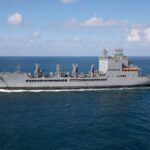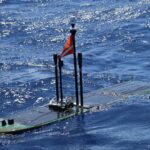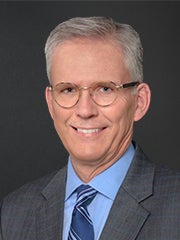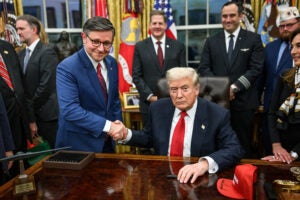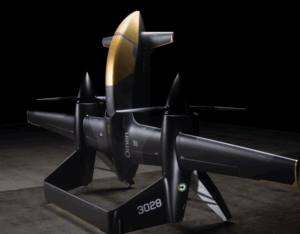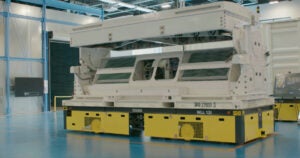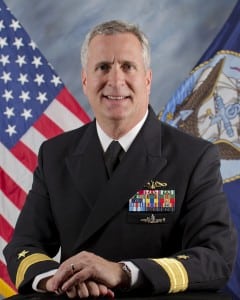
Naval Sea Systems Command’s new Acquisition and Commonality Directorate (SEA 06) will aid government and industry as they use commonality in parts to simplify work for sailors in the fleet and commonality in processes to save time and effort while developing technical specifications, the head of the directorate said Monday. Rear Adm. Tom Kearney, NAVSEA’s deputy commander for acquisition and commonality, said he envisioned his new directorate as a tool and a trainer for others to leverage. “It’s not SEA…

